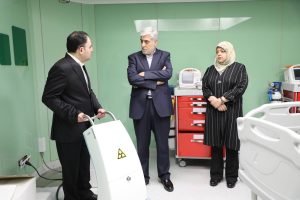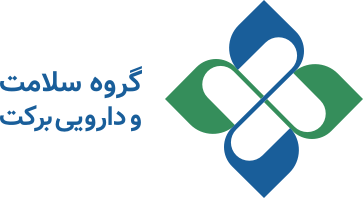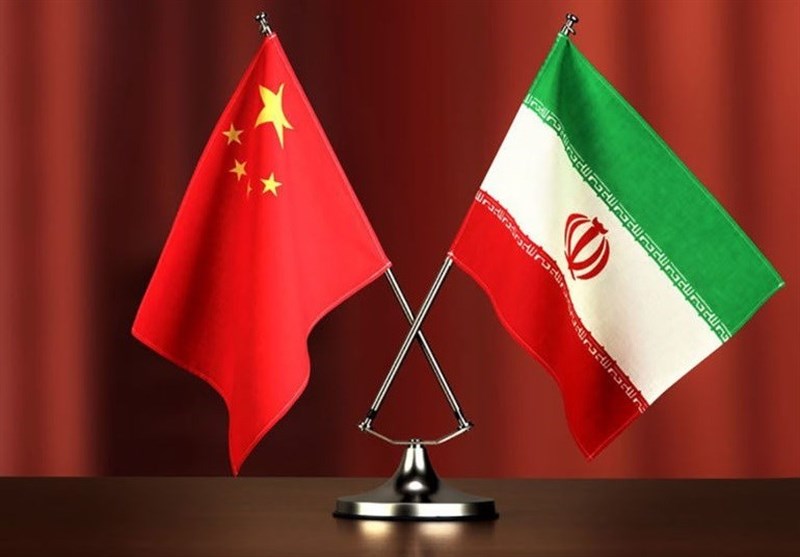
Pharmaceutical Silk Road: Pioneering Iran-China Collaboration in Technology and Supply Chains
Barekat Health and Pharmaceutical Group: In recent decades, the economic and commercial interactions between Iran and China have grown increasingly vital, particularly under the shadow of international sanctions against Iran. China, as one of the world’s largest economies and Iran’s most significant trading partner, has played a pivotal role in advancing various sectors of Iran’s economy, with a special emphasis on the pharmaceutical industry. This collaboration has proven instrumental in areas such as technology transfer, the provision of pharmaceutical raw materials, and the establishment of robust production infrastructure.
In a landscape where Iran faces substantial barriers to acquiring pharmaceutical raw materials, accessing global markets, and engaging in financial transactions due to Western sanctions, China has emerged as a strategic partner. This partnership provides Iran with viable avenues to expand its domestic production capabilities while concurrently offering China access to Iran’s expertise in generic drug production and its established reputation as a high-quality pharmaceutical producer. The symbiotic nature of this relationship has yielded mutual benefits, fortifying the industrial and economic ties between the two nations.
Historical and Strategic Context of Iran-China Pharmaceutical Relations
Foundations of Partnership
Iran and China’s collaboration in the pharmaceutical sector has roots extending back over two decades. During the early phases of this relationship, China’s global stature as a leading producer of pharmaceutical raw materials and generic drugs allowed it to occupy a significant position in Iran’s healthcare and pharmaceutical markets. In the pre-sanction era, bilateral exchanges predominantly focused on supplying raw materials and medical equipment. Over time, the collaboration expanded to include key areas such as antiviral drugs, oncology treatments, and medications targeting bacterial and fungal infections.
Impact of Sanctions on Collaboration
The imposition of comprehensive sanctions on Iran by Western powers brought about a paradigm shift in its economic strategies, intensifying its reliance on China as a key ally. Post-sanctions, China not only cemented its role as a primary supplier of raw materials to Iran but also became a crucial partner in technology transfer and co-production initiatives. Iran, in turn, leveraged its expertise in pharmaceutical manufacturing to meet some of China’s specialized drug needs, thereby creating a dynamic and interdependent trade relationship.
Role of Technology Transfer in Strengthening Pharmaceutical Capacities
Collaborative Advancements in Drug Development
Technology transfer has emerged as a cornerstone of Iran-China pharmaceutical cooperation, enabling the production of advanced drugs within Iran. China, with its cutting-edge capabilities in the manufacture of generics and raw materials, has facilitated Iran’s entry into specialized domains such as chemical pharmaceuticals, biologics, oncology treatments, antiviral medications, and therapies for infectious diseases.
Through this partnership, Iran has successfully diversified its market reach, establishing a strong presence in Central Asia, Africa, and other emerging economies. This has also allowed China to consolidate its influence in these markets by leveraging Iran’s strategic positioning and manufacturing capabilities.
Case Study: Oncology Drug Production
One exemplary outcome of this collaboration is the joint production of cancer treatments. Iranian pharmaceutical firms, equipped with technologies acquired from Chinese partners, have scaled up domestic production of oncology drugs, reducing dependency on imports and enhancing healthcare accessibility within the country.
Establishment of Joint Manufacturing Ventures
In pursuit of technological self-sufficiency, numerous Chinese pharmaceutical companies have invested in joint ventures in Iran, leading to the establishment of state-of-the-art production facilities. These factories specialize in generics, oncology drugs, and active pharmaceutical ingredients (APIs). The collaborative ventures not only boost Iran’s production capacity but also create employment opportunities and enable knowledge sharing. Iran, in return, has contributed through its advanced infrastructure and expertise in manufacturing high-quality generics, further solidifying its position as a regional leader.
Iran’s Pioneering Role in Regional Pharmaceutical Production
Iran’s pharmaceutical industry, marked by its advanced manufacturing capabilities and cost-efficient production of high-quality generics, has established itself as a key player in the Middle East and beyond.
Strength in Generics
As one of the foremost producers of generics in the region, Iran has successfully aligned its products with global standards. This capability has enabled Iran to not only address domestic healthcare needs but also cater to international markets, including China.
Innovation in Biopharmaceuticals
Iran has made significant strides in the production of biologics and recombinant drugs, particularly for the treatment of complex conditions such as cancer, diabetes, and autoimmune diseases. These innovations have positioned Iran as a critical partner in research-driven collaborations with China.
Export Potential
Iran’s focus on producing affordable yet high-quality pharmaceuticals has opened up export opportunities in markets across Central Asia, Africa, and even China. The country’s growing export portfolio underscores its ability to navigate the challenges of global competition effectively.
Specialized Workforce
A robust pool of highly skilled professionals in Iran’s pharmaceutical sector has driven advancements in research and development (R&D), further cementing the country’s reputation as an innovation hub.
Challenges & Opportunities in Iran-China Pharmaceutical Collaboration
Challenges
- Financial Constraints: Banking restrictions and sanctions have complicated financial transactions between the two nations, necessitating reliance on alternative payment mechanisms that increase operational costs and logistical complexities.
- Global Competition: The dominance of major Western pharmaceutical brands in global markets poses a competitive challenge to the products jointly developed by Iran and China.
Opportunities
- Joint R&D Initiatives: Collaborative research and development in novel drug formulations present a significant opportunity for both nations. By pooling resources, Iran and China can advance treatments for pressing global health concerns such as cancer, diabetes, and cardiovascular diseases.
- Market Diversification: China’s expansive export network offers Iran an opportunity to penetrate emerging markets, particularly in Central Asia and Africa. Simultaneously, Iran’s capability to produce biologics and specialized drugs can enhance China’s domestic pharmaceutical offerings.
Conclusion: A Vision for Sustainable Growth
The pharmaceutical collaboration between Iran and China exemplifies a model of resilience and mutual growth in the face of external pressures. Through technology transfer, joint ventures, and a shared commitment to innovation, the partnership has not only enhanced Iran’s domestic production capacities but also fostered a balanced trade relationship that benefits both nations.
Looking ahead, the future of Iran-China cooperation in the pharmaceutical sector appears promising. With untapped potential in emerging markets, robust manufacturing infrastructures, and a shared vision for research-driven growth, the partnership is poised to play a transformative role in addressing regional and global healthcare needs.
-
Barkat Group specialized meeting
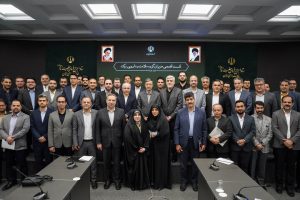
-
Safa Appointed as Barekat General Director
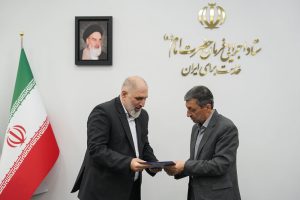
-
Barekat Health & Pharmaceutical Group at the 10th Iran Pharma Exhibition
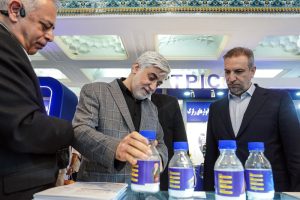
-
Ali Safa visits Sobhan Oncology & Sobhan Darou

-
Pirsalehi & Safa visit Saman Daroo 8 Knowledge-based Company

-
Barekat Managing Director Visits Samen Pharmaceutical Company
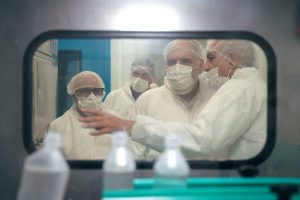
-
Honoring Pharmacists’ Day
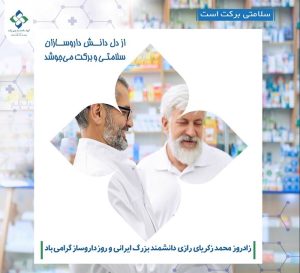
-
Barekat Top Executives Visiting to Barekat Hospital
